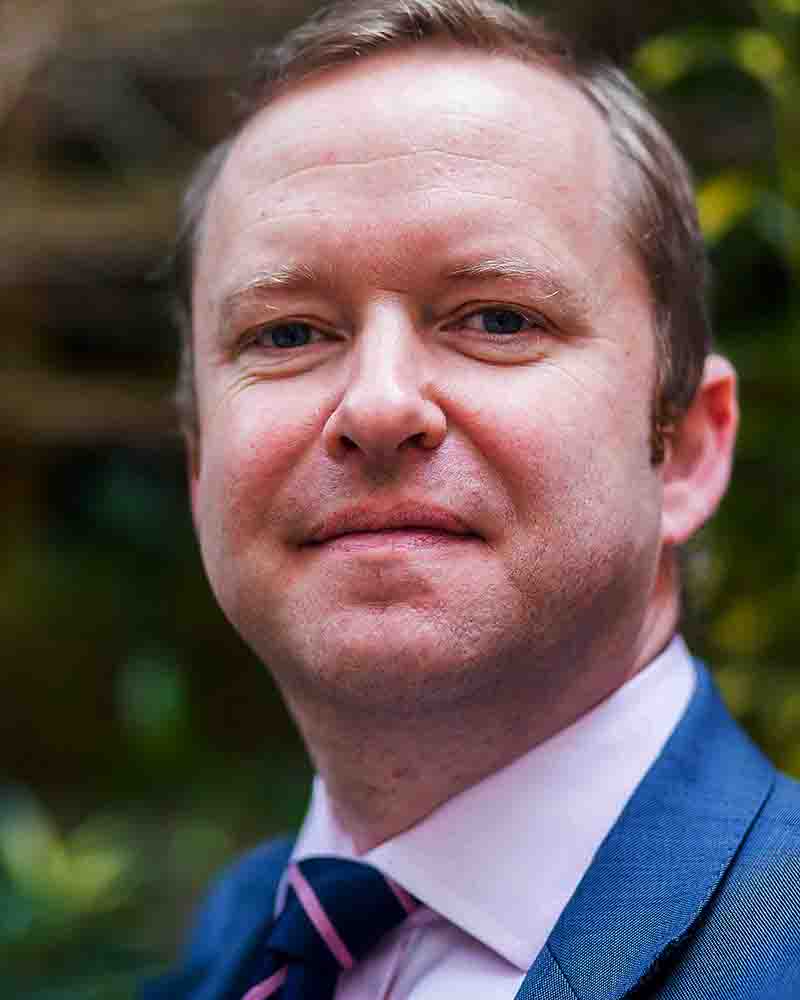2020 was a reminder of how unpredictable life can be, and of how important it is to be financially prepared for the unexpected. Building a financial plan for your children and grandchildren, the next generation, may seem like an overwhelming task, even at the best of times, but it does not have to be as daunting as it appears. Dominic Close writes
1. Get your house in order first
The first step is to assess your own finances: how much can you afford to set aside each month without it impinging on your lifestyle or affecting your ability to service regular monthly commitments?
Equally, you need to determine the level of capital you need, or want, to retain for your own needs, objectives as well as for emergencies. What is considered a surplus and how much are you happy to lose access to in the short, medium and long run?
2. Formulate your investment plan
When formulating your plan, you need to look at three factors: objectives, timescale and budget.
- Determine what your objectives and priorities are for your children / grandchildren.
- Define the period of time you are creating this plan for.
- Set your budget.
Are you targeting a predetermined level of capital at a specific age or simply providing funds to help them buy their first car, pay for higher education or their wedding? Are you looking to move assets from your estate for IHT purposes? When will the money in your plan need to be available to your children and grandchildren?

US Tariffs are shifting - will you react or anticipate?
Don’t let policy changes catch you off guard. Stay proactive with real-time data and expert analysis.
By GlobalDataOnce your objectives, timescale and budget have been established, you can start to consider investment options and the level of risk, if any, you wish to take.
3. Manage investment risk
Different types of asset tend to perform well in different market conditions. By broadening your plan’s exposure across a range of asset classes, the fluctuations caused by common economic events can be smoothed out.
From an investment perspective, should your plan cover a short time horizon, it is best to only take a small level of risk in order to reduce exposure to potential losses. Conversely, should your plan cover a medium to longer time horizon, taking on more risk could drive up growth potential.
4. Apply tax efficiency
Applying tax efficiency to your plan may also help to drive up returns and a sensible starting point would be to consider ISAs, such as the Junior ISA, with its generous allowance of £9,000 ($12,700) per child.
For children / grandchildren aged between 18-40 and considering purchasing their first home or looking to provide an additional source of wealth in retirement, the Lifetime ISA offers a good solution, with one of the key benefits being the 25% government bonus (up to a maximum of £1,000) added to each contribution.
If the thought of your children / grandchildren being able to access these funds freely does not appeal to you, then the use of your own ISA allowance would prove invaluable. It allows you to control when and how much money is paid over to them.
Alternative tax advantage options include Premium Bonds. Whilst they promise no guaranteed return, they do offer a secure and safe option. Pensions are also a very good long term investment option with tax relief available on any contribution on behalf of your children / grandchildren. For those in a position to make larger payments, the use of trusts offers an opportunity to both move funds outside of your estate and oversee how these funds are to be dispersed.
Similarly, an annual gift of up to £3,000 or regular gift out of normal expenditure may serve to benefit all parties, with the recipient profiting through increased wealth and the donor profiting through the reduction of their estate for IHT purposes.
5. Review
Reviewing your plan on a regular basis will allow you to check whether you are on track to achieve your objectives or if further planning is needed.
Given the uncertain and often volatile last 12 months, financial aspirations and long-term goals may have altered without it registering. Regularly reviewing your investment strategy allows you to amend the risk levels as well as contribution levels as your objectives come closer to fruition.
6. Seek financial advice
Finally, the value of paying for financial advice should not be underestimated.
A study conducted by the International Longevity Centre and supported by Royal London concluded that in comparison to those who took no advice, individuals who did between 2001 and 2006 benefited from an average increase in the value of their assets by some £48,000 after 10 years.
Engaging with a financial planner may prove to be the shrewdest move in planning for your children’s and grandchildren’s future.
Dominic Close is a wealth planner at Kingswood









